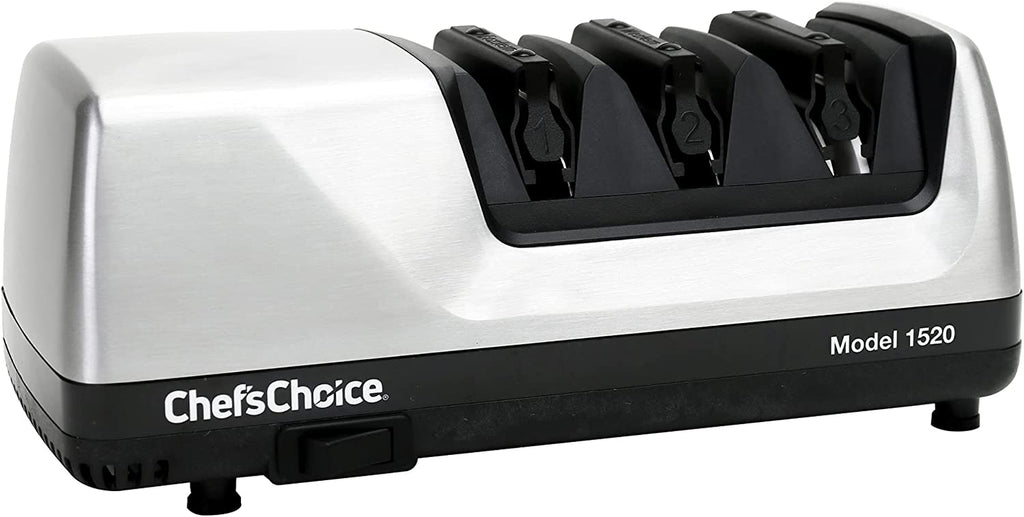Keeping your knives in pristine condition is essential for any kitchen professional. Knowing how to clean a knife blade is a vital skill that ensures longevity and efficiency. This guide will help you master the art of cleaning knife blades, making it easier than ever to maintain your essential kitchen tools.

Why Proper Knife Cleaning is Important
Understanding why cleaning your knife blade properly matters is the first step. Neglecting this can lead to rust, corrosion, and even bacterial growth, all of which compromise the knife's performance and safety. Here are some compelling reasons:
- Hygiene: Prevents bacterial contamination.
- Blade Maintenance: Extends the life and sharpness of the blade.
- Safety: Reduces the chances of accidents due to dull or dirty blades.
Essential Supplies for Cleaning a Knife Blade
Before diving into the cleaning process, gather these essential supplies:
- Soft sponge or cloth
- Dish soap
- Warm water
- Non-abrasive scrubber (if needed)
- Drying towel
- Optional: Baking soda and vinegar for tough stains

Step-by-Step Guide: How to Clean a Knife Blade
1. Immediate Rinse
Right after using the knife, rinse it under warm water to remove any food particles. This prevents stains from setting and makes the cleaning process easier.
2. Apply Dish Soap
Apply a small amount of dish soap to a soft sponge or cloth. Gently scrub the blade in a circular motion, paying extra attention to any residue stuck on the blade.
3. Clean the Handle
While the focus is on how to clean the knife blade, don't ignore the handle. Use the same soapy sponge to clean the handle, which can also harbor bacteria.
4. Rinse Thoroughly
Rinse the blade and handle under warm running water to remove all soap residue. Ensure no soap is left on the knife as it can lead to corrosion over time.
5. Dry Immediately
Use a drying towel to dry the knife immediately after rinsing. Leaving water on the blade can cause rust, especially on high-carbon steel knives.
6. Additional Steps for Tough Stains
If there are tough stains or residue, make a paste using baking soda and a small amount of water. Scrub gently with the non-abrasive scrubber and rinse thoroughly.

Dos and Don'ts of Knife Cleaning
Dos
- Do clean your knives immediately after use.
- Do use gentle, non-abrasive cleaning tools.
- Do dry your knives thoroughly to prevent rust.
Don'ts
- Don't put knives in the dishwasher as the high heat can damage the blade.
- Don't use harsh chemicals that can corrode the metal.
- Don't leave knives soaking in water for extended periods.
Expert Tips for Long-Lasting Knife Blades
For those seeking to maintain perfect knives, here are some top tips:
- Regularly hone your knife to keep it sharp.
- Store knives in a knife block or magnetic strip to avoid damage.
- Using a cutting board made of wood or plastic to avoid dulling the blade.
FAQs About Cleaning Knife Blades
1. Can I use lemon juice to clean my knife blade?
Absolutely. Lemon juice can help remove stubborn stains and disinfect the blade. However, ensure you rinse and dry the knife thoroughly afterward.
2. How often should I clean my knife blade?
Ideally, you should clean your knife blade after every use. This practice keeps the blade in top condition and prevents the buildup of harmful bacteria.
3. Is it safe to clean a high-carbon steel blade the same way?
Yes, but with extra caution. High-carbon steel blades are more prone to rust, so make sure to dry them immediately and consider applying a thin layer of mineral oil for protection.
For more detailed information on knife care, check out this comprehensive guide from experienced chefs.
As an Amazon Associate, I earn from qualifying purchases.
For additional tips and tricks, you might find these articles helpful: Caring for Henckels, Civivi Knife Brand, Magnetic Knife Holders, Cangshan Coupons, and Knife Set Benefits.
Additionally, you might want to read this insightful piece on avoiding kitchen hazards from BBC Bitesize.


























